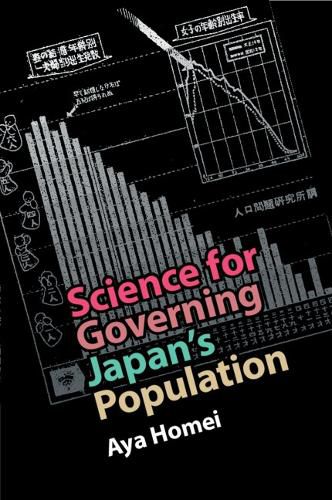Readings Newsletter
Become a Readings Member to make your shopping experience even easier.
Sign in or sign up for free!
You’re not far away from qualifying for FREE standard shipping within Australia
You’ve qualified for FREE standard shipping within Australia
The cart is loading…






Twenty-first-century Japan is known for the world's most aged population. Faced with this challenge, Japan has been a pioneer in using science to find ways of managing a declining birth rate. Science for Governing Japan's Population considers the question of why these population phenomena have been seen as problematic. What roles have population experts played in turning this demographic trend into a government concern? Aya Homei examines the medico-scientific fields around the notion of population that developed in Japan from the 1860s to the 1960s, analyzing the role of the population experts in the government's effort to manage its population. She argues that the formation of population sciences in modern Japan had a symbiotic relationship with the development of the neologism, 'population' (jinko), and with the transformation of Japan into a modern sovereign power. Through this history, Homei unpacks assumptions about links between population, sovereignty, and science. This title is also available as Open Access.
$9.00 standard shipping within Australia
FREE standard shipping within Australia for orders over $100.00
Express & International shipping calculated at checkout
Twenty-first-century Japan is known for the world's most aged population. Faced with this challenge, Japan has been a pioneer in using science to find ways of managing a declining birth rate. Science for Governing Japan's Population considers the question of why these population phenomena have been seen as problematic. What roles have population experts played in turning this demographic trend into a government concern? Aya Homei examines the medico-scientific fields around the notion of population that developed in Japan from the 1860s to the 1960s, analyzing the role of the population experts in the government's effort to manage its population. She argues that the formation of population sciences in modern Japan had a symbiotic relationship with the development of the neologism, 'population' (jinko), and with the transformation of Japan into a modern sovereign power. Through this history, Homei unpacks assumptions about links between population, sovereignty, and science. This title is also available as Open Access.